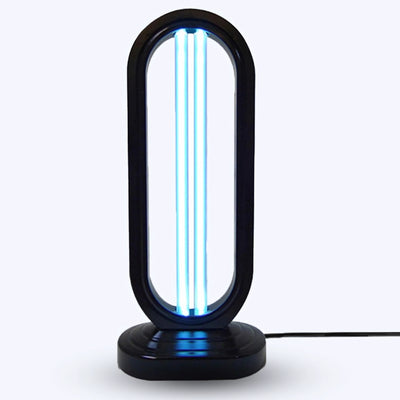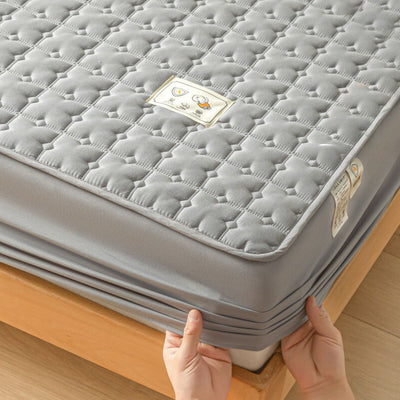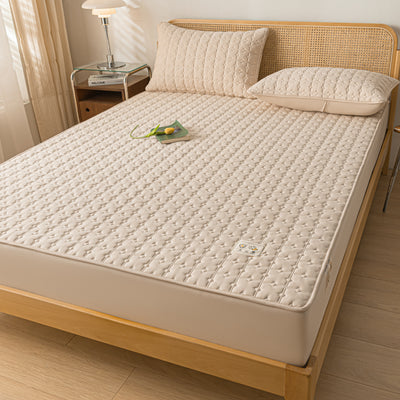Massage isn't just a luxury for humans; our pets can also reap considerable benefits from gentle, thoughtful touch. It's an excellent way to reduce stress, soothe muscle aches, and improve blood circulation in our canine companions. Plus, it’s a fantastic way to deepen the bond you share with your pet, ensuring they feel loved and cared for in every touch.

A Closer Look at Canine Massage
Dog massage is more than just petting; it's a therapeutic interaction that supports your dog’s health and happiness. Like massage therapy for humans, it boosts circulation, diminishes stress, and helps relieve tight muscles. This is especially important for dogs with arthritis or those who may suffer from joint pain, providing a natural form of relief.
Knowing your dog’s body is key. Gentle touches in sensitive spots like the head and ears set a comforting tone, while stronger, more deliberate strokes can be applied to the larger muscle groups of the neck and back.
Professional veterinarians often recommend incorporating massage into a dog’s routine for its rehabilitative and preventive health benefits. It can be a part of a comprehensive wellness plan, especially beneficial when combined with other treatments like acupressure.

Essential Massage Points:
- Head and Ears: Begin with gentle, circular motions.
- Neck and Shoulders: Transition to a firmer kneading to work out any tension.
- Back: Apply long, gentle strokes to relax the spine area, without direct pressure on the spine.
- Legs and Paws: Handle these areas with care, applying gentle manipulations to avoid discomfort.
Although many pet owners can pick up basic massage techniques, it’s always best to consult with a professional. A certified canine massage therapist or your vet can provide personalized advice tailored to your dog’s health needs, ensuring the massage is not only enjoyable but also maximally beneficial.

Getting Started with Dog Massage
Building a stronger bond with your pet through massage starts with creating a calm environment. Begin with slow, soothing petting, gradually moving to areas that your dog enjoys most. This initial contact relaxes the muscles and sets the stage for a deeper massage.

Techniques Tailored to Your Dog:
- For the head and ears, use soft strokes, transitioning to gentle circular motions for the ears.
- The neck and shoulders can benefit from careful kneading to relieve any built-up tension.
- Along the spine, run your hands with mild pressure to soothe without directly pressing on the spine.
- Legs and paws require cautious, vertical strokes, and gentle flexing of the joints to promote flexibility.

Always be mindful of your dog's comfort level during the massage. Any signs of discomfort mean it’s time to stop. It’s crucial to avoid pressing too hard, especially on sensitive areas. Regularly consulting with a veterinarian before starting a massage routine, especially for dogs with existing health issues, is advisable.
Incorporating massage into your dog’s routine offers a wealth of benefits, from physical health improvements to emotional bonding. It's a practice that not only relieves physical discomfort but also serves as a powerful tool for calming and connecting with your pet. As you explore massage techniques, remember that the essence of dog massage lies in the gentle, caring interaction that strengthens the bond between you and your dog.






















